Patricio
After working in Chile’s fisheries for many years, Patricio Merino became an advocate for marine conservation in his community and the Director of the Multiple-Use Coastal Marine Protected Area Pitipalena-Añihué Foundation.
After working in Chile’s fisheries for many years, Patricio Merino became an advocate for marine conservation in his community and the Director of the Multiple-Use Coastal Marine Protected Area Pitipalena-Añihué Foundation. With his town’s fishermen’s union, local organisations, the Ministry of Environment and, after the establishment of the protected area, with the support of WWF-Chile, Patricio was part of the creation of the first community-managed marine protected area in Chile. Here, he tells us the story of how the protected area of Pitipalena-Añihué became an example for coastal conservation: “The idea is to set a precedent for the future.”
What is your first important memory of the ocean?
I remember very well the first time I arrived on the island where I have lived most of my life, Raúl Marín Balmaceda. It was 1988 and I was 13 years old. We traveled overland from Valparaíso to Puerto Montt. Upon arrival to the port of Puerto Montt, I was surprised that such a small boat would take my mother and me on our journey south, to a small island in Chilean Patagonia, a journey that would take 27 hours.
It was the middle of winter, and when we disembarked on the beach of Raúl Marín Balmaceda, I felt like entering a different world that consisted solely of sea, beach and forest. The only connection with the mainland was by boat every 15 days. The island had very few inhabitants; even fewer than the 311 people currently living here. Coming from the urban zone of Valparaíso, it was a very big change for a young teenager, but bit by bit this beautiful natural place won my heart.
“Bit by bit this beautiful natural place won my heart.”
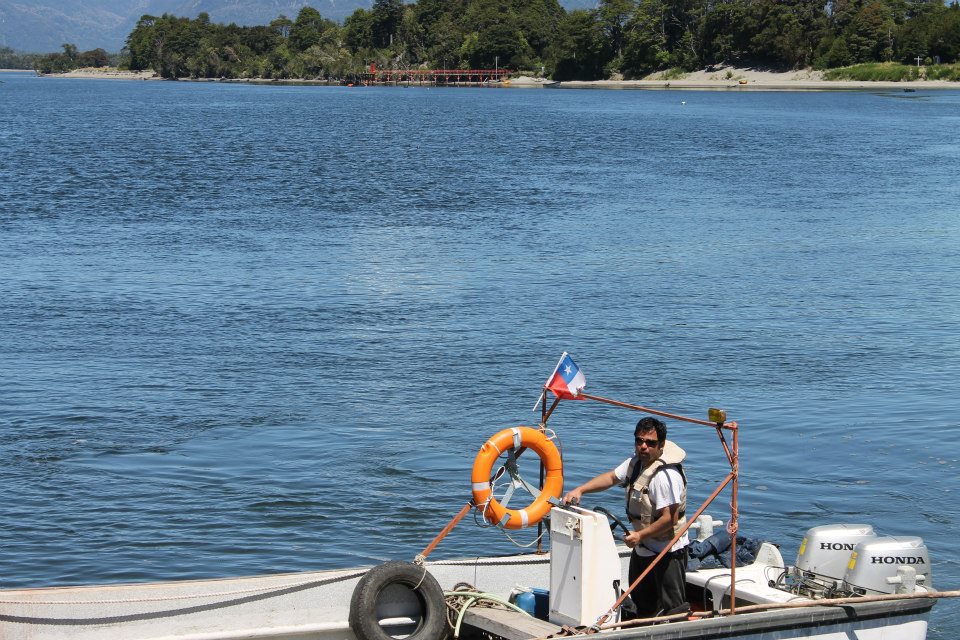
What does the ocean mean to your community?
On a small island you are always close to the ocean – from that perspective our connection with the ocean could not be stronger. But digitalisation also reached our island. When I was young, children made small wooden boats to play with on the beach, and now they are busy with their cell phones. Still, the ocean is very important to us: Those who do not work in the local school or hospital are engaged in fishing or tourism.
I love the ocean and I feel like each step in my life has led me to where I am today. After moving to Raúl Marín Balmaceda my interest in the fishery sector increased; after finishing high school I went back to Valparaíso to study fisheries technology. After graduation I worked on industrial fishing boats and salmon farms in different parts of the country. Now and then I went back to Raúl Marín Balmaceda for a visit. After a few years, I began to work in fisheries research and later in conservation.
“Deep down I knew that marine resources are not infinite and that we have to take care of them.”
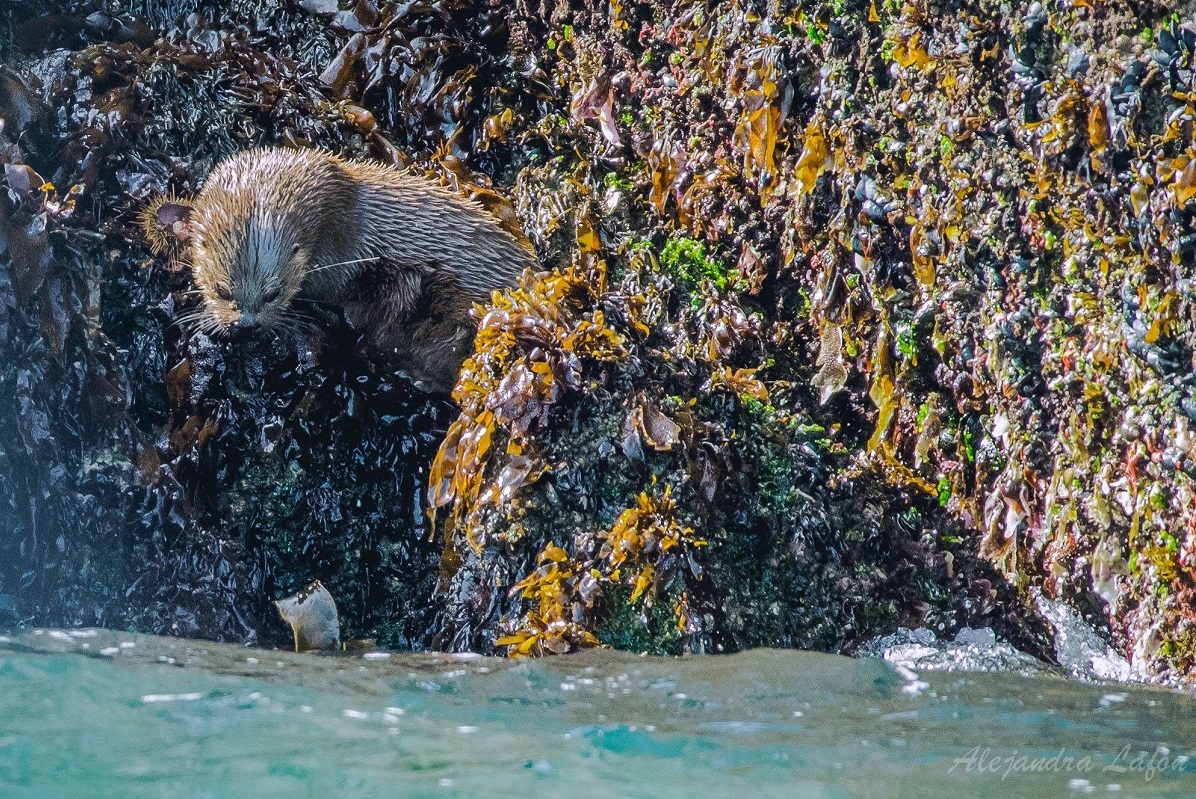
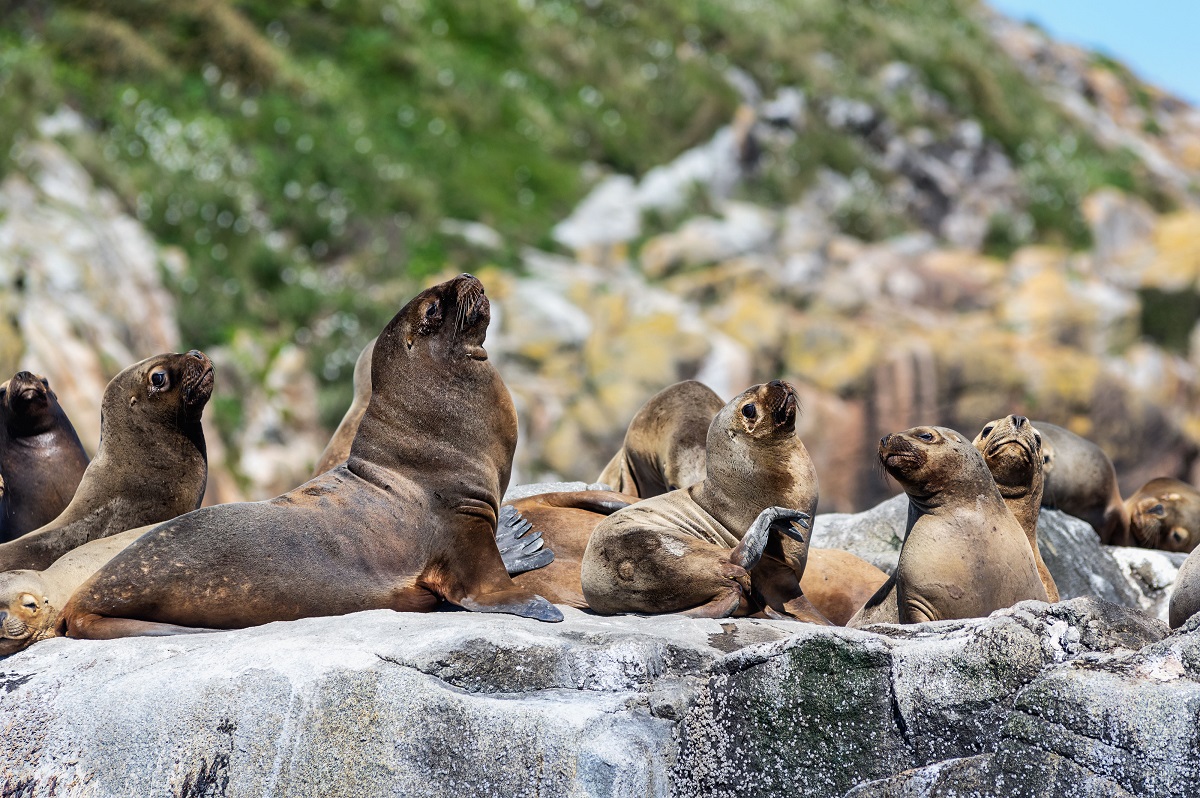
I liked fishing, but I was happy when I was able to move back to my island community in 2010 – this small island is my home. While working on industrial fishing boats, deep down I knew that marine resources are not infinite and that we have to take care of them. Without a doubt now I am doing what I like most: protecting our coast and ocean.
How did you start working on the protection of Pitipalena-Añihué?
Pitipalena-Añihué is a very special place where different ecosystems come together: fjords, rivers and the ocean, making it an ecologically rich area. Located near the popular tourist destination Chiloé, it is also an interesting region for nature-seeking tourists. The community took initiative to protect the coastal area, because people realised that this place has the conditions for a protected coastal area, including rich biodiversity with species like whales, dolphins and marine birds. In 2011 we started organising meetings: the beginning of a long but successful participatory process.
“Without realising it we were visionaries: We wanted to establish a coastal marine protected area and at the same time we were developing a new co-management model for Chile.”
Three years later, the Multiple-Use Coastal Marine Protected Area Pitipalena-Añihué was established. At the time we thought we were ready, but the work had just begun. When a marine protected area has been created, a lot of work needs to be done for it to be truly protected. In this next step of the process we started working with WWF-Chile on the co-management plan. Without realising it, we were visionaries: We wanted to establish a coastal marine protected area and at the same time we were developing a new co-management model for Chile.
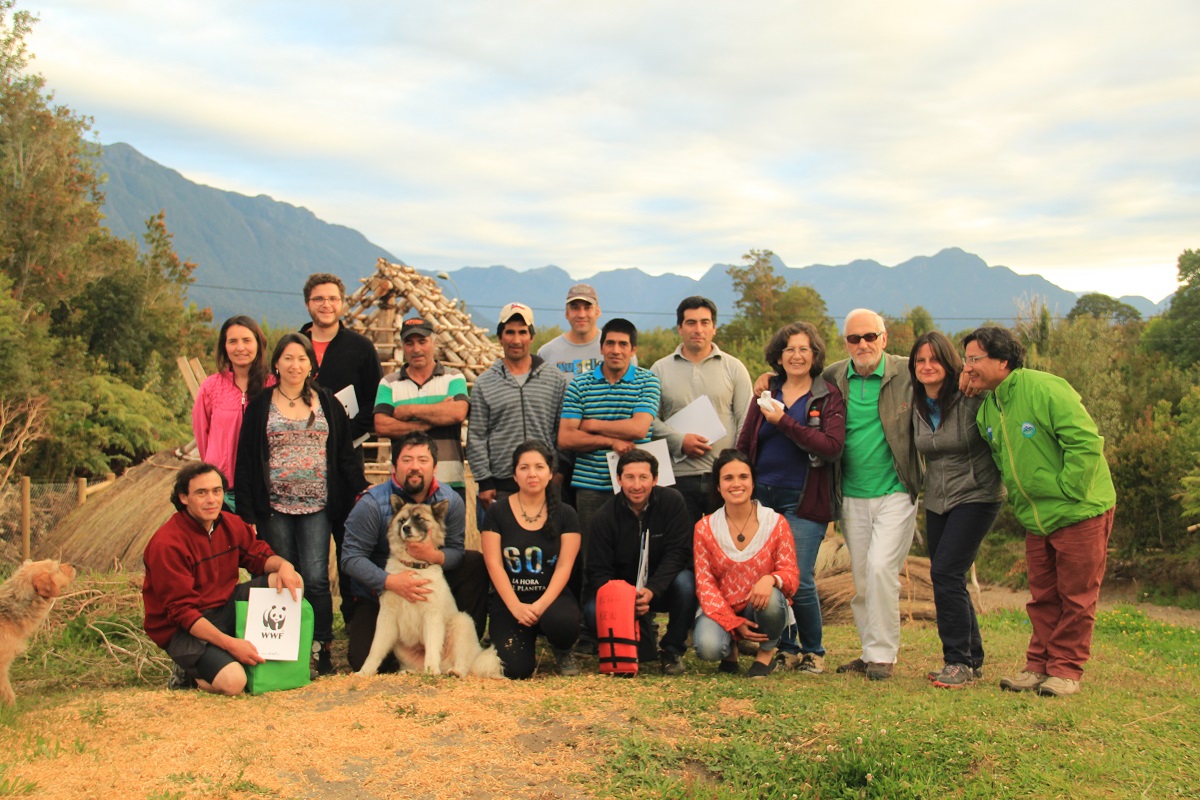
It was a participatory process in which the entire community got involved, even the companies that had doubts at first. Key to solving resistance is talking. Once we had consensus in the community, the regulations were passed on to public institutions, not to other way around as usual. It was the first time that a community developed a co-management plan for a marine protected area in this country. In Chile, the marine protected areas are managed by the state and many of them do not have a proper management plan.
“The community took initiative to protect the coastal area.”
What are the main challenges you have encountered and what solutions were developed?
In addition to our community being isolated, the communication between the scientists and community members was also a challenge. When scientists used technical language, they lost the attention of the people. My experience in marine and fisheries research enabled me to mediate and explain the importance of scientific data for a protected area, which helped the participatory process.
Another main challenge was – and still is – a lack of financial resources. The Chilean government has a very small budget for marine protected areas and even though we have the support of WWF, we have to search for new funding when projects end. There are often times without economic resources, but the protection of the area never stops. That is why we as a community need to be passionate about protecting our home – we cannot be in it just for the money. It is important to continue including the entire community in the co-management process, so everyone feels part of the protection of their area and marine resources. When the funding stops, it is the community that has to continue to protect the area.
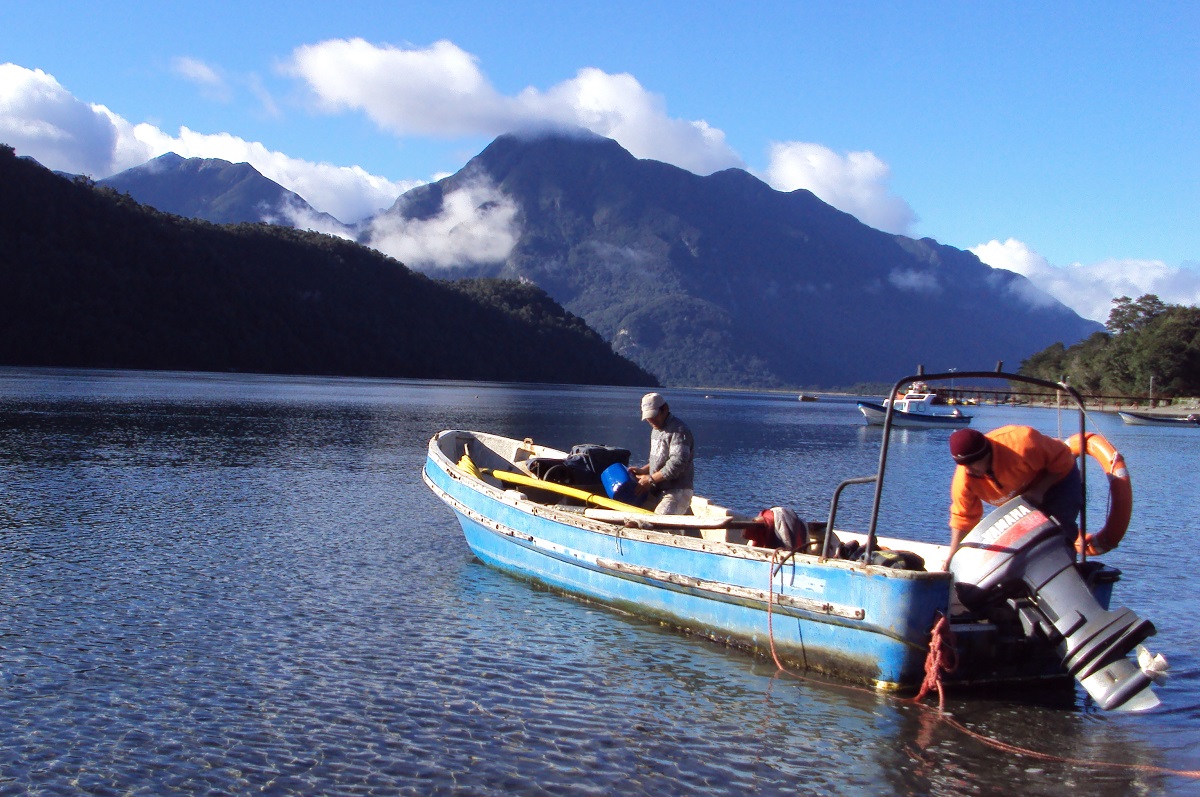
“The Ministry of Environment approved the co-management plan that was developed by the community; now we are waiting to implement this plan as soon as the situation improves.”
The implementation of the co-management plan is delayed because of the social crisis that took place in Chile last year, and now because of the COVID-19 pandemic. But we are ready to take the next step. In January 2020, the Ministry of Environment approved the co-management plan that was developed by the community; now we are waiting to implement this plan as soon as the situation improves.
We also have to finetune the artisanal fisheries section of the co-management plan. The myth that fishing is always about exploitation and goes against environmental protection has to be dispelled. Our objective is using marine resources in a sustainable way. We are on our way: 25 years ago nobody thought about conservation issues and the only thing that mattered was catching as many fish as possible. Now we have a coastal marine protected area managed by the community.
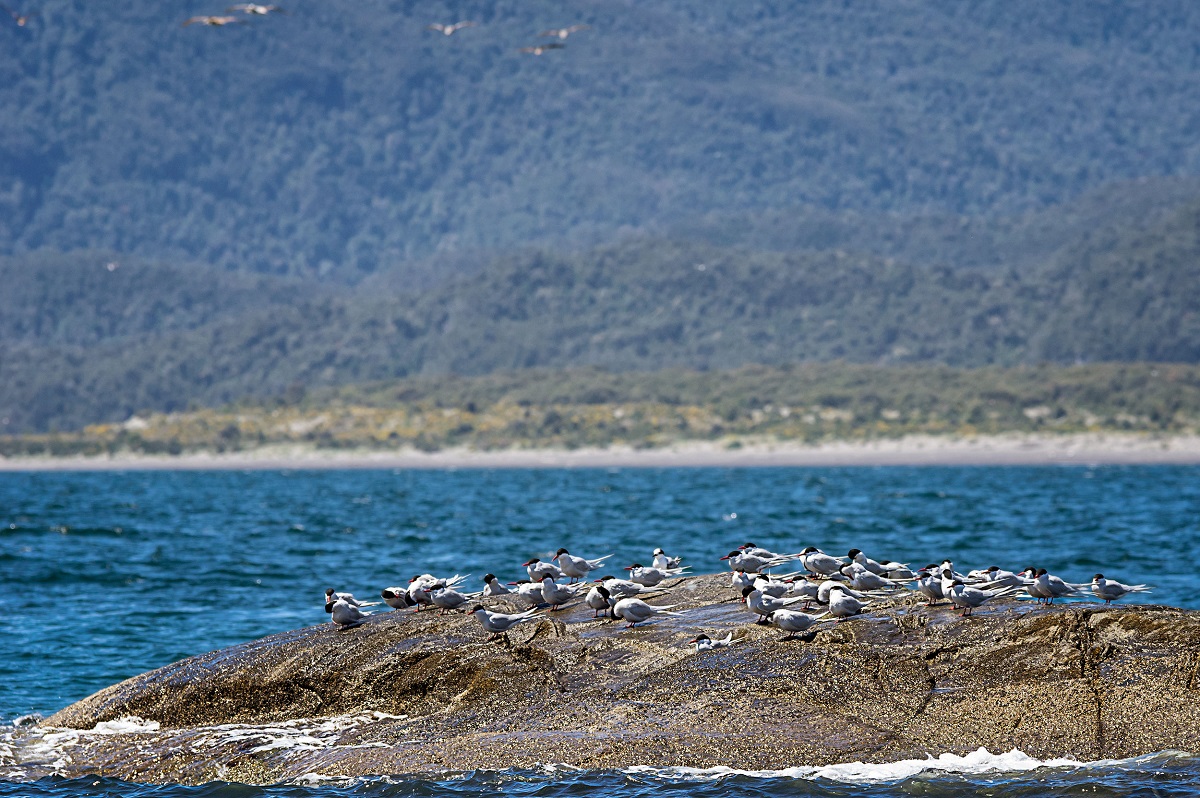
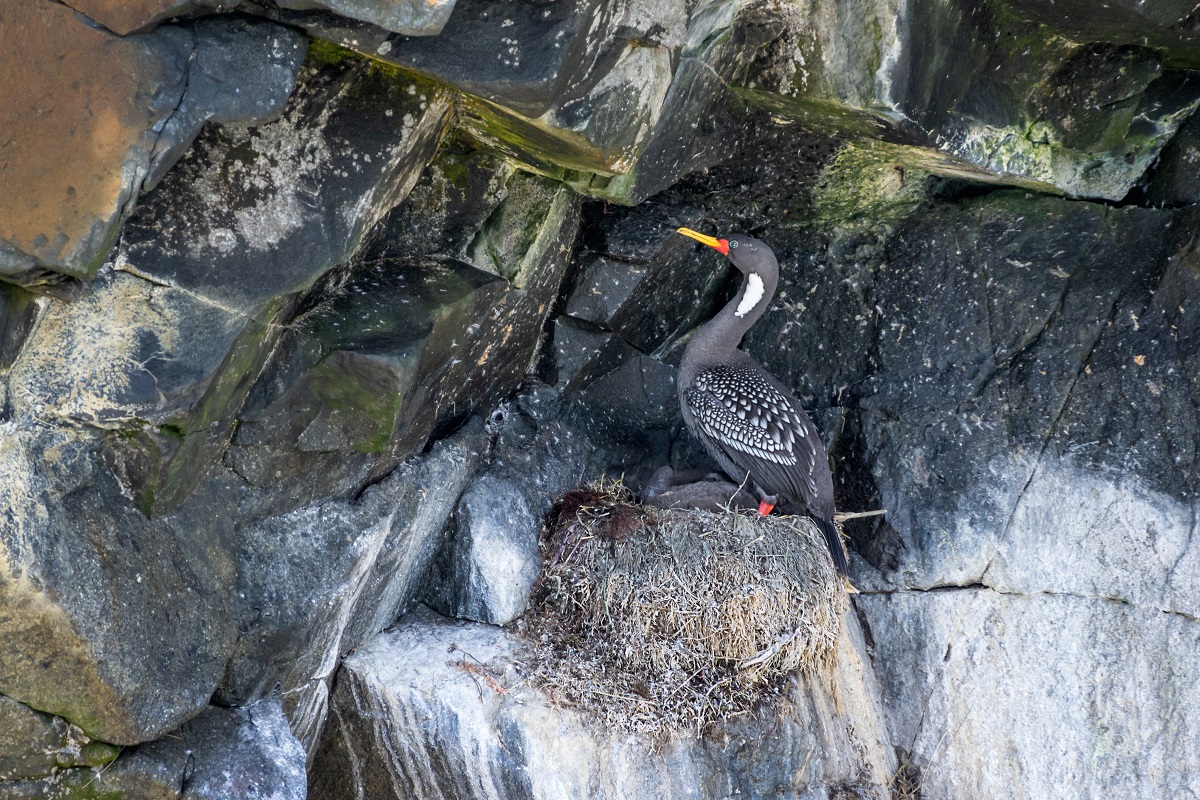
Can your experience be replicated elsewhere?
The idea is to set a precedent for the future. The co-management plan of the Multiple-Use Coastal Marine Protected Area Pitipalena-Añihué can serve as an example for Chile and other countries. The plan has to be adapted to the local context, but the process we went through and the lessons we learned are valuable for many communities – there are a lot of places where artisanal fishing and coastal conservation are combined. Many small-scale fishermen want to protect their area from being industrialised so the marine resources will still be there for their children and grandchildren.
”The process we went through and the lessons we learned are valuable for many communities – there are a lot of places where artisanal fishing and coastal conservation are combined.”
We had to learn everything from scratch; other communities in Chile should make use of our experience. One of the things we realised is that people want to visit a protected area. Not just tourists, also students and scientists to conduct research. In addition to supporting the protection of the area, this kind of traveller also helps the community economically by eating in our restaurants and staying in our accommodations. A protected area creates new opportunities for a coastal community. Other communities have invited me already to share our experience. These are great opportunities, because for the lessons we learned to have a greater impact, we must share them with more people in an organised way.
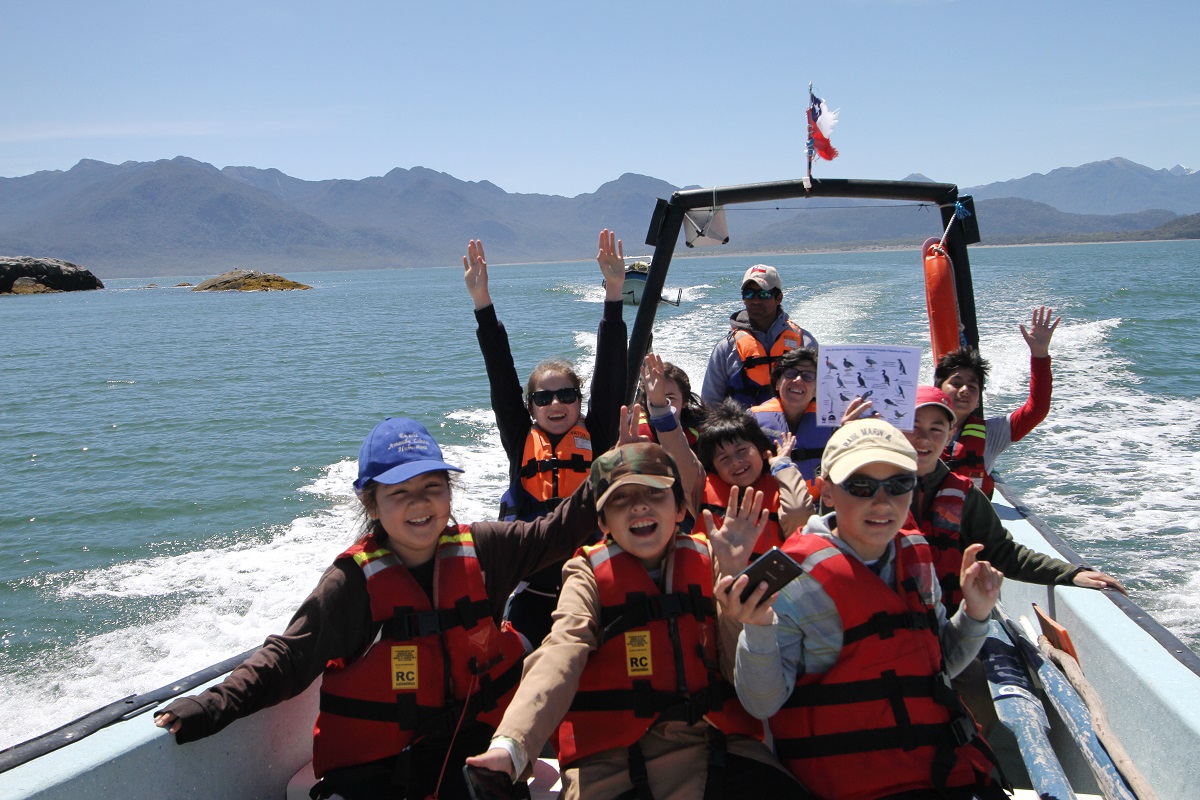
“The future looks better when your coastal area is protected, for you and the next generations.”
What would you like to say to other coastal communities around the world?
Connect with the sea and feel its affection, it is your home. If you are already working on protecting the ocean and its resources: try to go one step further. You have to be willing to work, sometimes without payment, but it is worth it. The future will be better when your coastal area is protected, for you and the next generations.
Photo credit header: Alejandra Lafon